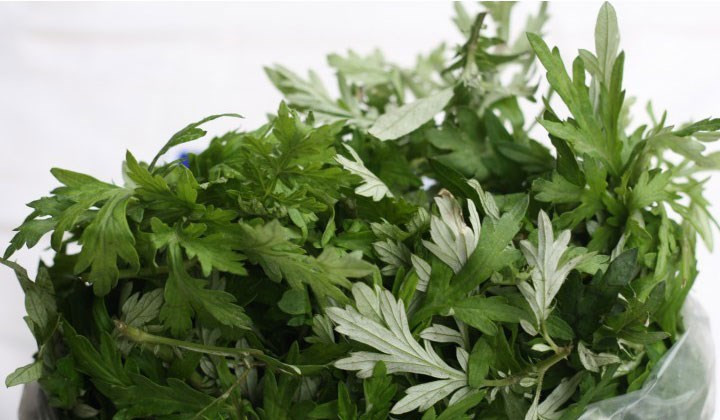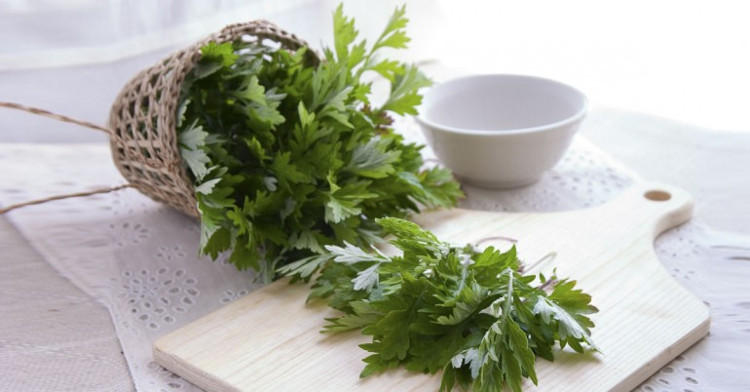Interesting truth about mugwort
Mugwort is a familiar and widely grown tree, and is a widely used spice crop in Vietnamese dishes.
Mugwort is a herbaceous plant, present in nature in many continents such as Europe, Asia, North Africa, Alaska and North America. While some places regard this as an invasive weed, in Vietnam, wormwood is one of the most commonly used plants in life.

Mugwort is also known for its names such as sympathetic plants, medicinal plants, and medicinal plants .
Wild mugwort usually grows in wasteland, perennial fields. The trunk has longitudinal grooves, or grows together in yards. Staggered leaves, leaflets cut bird feathers, dark blue face, underside of white gray, hairy. Mugwort has bitterness, aroma and warmth. It also has insecticidal and insecticidal properties. Mugwort is also known by names such as sentimental plants, medicinal plants, tall medicinal plants or scent .
Mugwort has long been used in medicine to treat diseases such as menstrual regulation in women, pregnancy, pimples, blood circulation to the brain, cold due to cold, vomiting, dysentery . Party Besides, mugwort is also grown to eat and to be processed with daily dishes. Although wormwood has many effects, too much abuse will cause poisoning. Severe cases also damage brain cells, leaving behind dangerous sequelae.

Mugwort is also used by many women in beauty.
Today, wormwood is also used by many women in beauty, which is to use mugwort to whiten skin and regenerate when darkened, damaged by heat. While many diseases can be cured, pregnant women or people with acute intestinal disorders should not use wormwood. Persons with internal heat, high blood pressure are also advised not to use mugwort.
- Mugwort - Overdose can be poisoned
- Mugwort - a dish with high medicinal properties
- 6 weird and interesting facts about 'sperm'
- The 'interesting and horrifying' truth about yourself makes you surprised
- Super interesting things about math you will definitely fall back
- 10 interesting psychological facts that help you better understand yourself
- Summary of interesting facts you may not know yet!
- The shocking truth about the desert is hard to believe
- Unexpected truth about mustard that you don't know
- Interesting things about TV around the world that you may not know
- The interesting thing about gold may be unknown to you
- Does a true drug exist?
 Why do potatoes have eyes?
Why do potatoes have eyes? 'Tragedy' the world's largest carnivorous life: Death becomes ... public toilet
'Tragedy' the world's largest carnivorous life: Death becomes ... public toilet Tomatoes were once considered 'poisonous' for 200 years
Tomatoes were once considered 'poisonous' for 200 years Detecting microscopic parasites on human face
Detecting microscopic parasites on human face